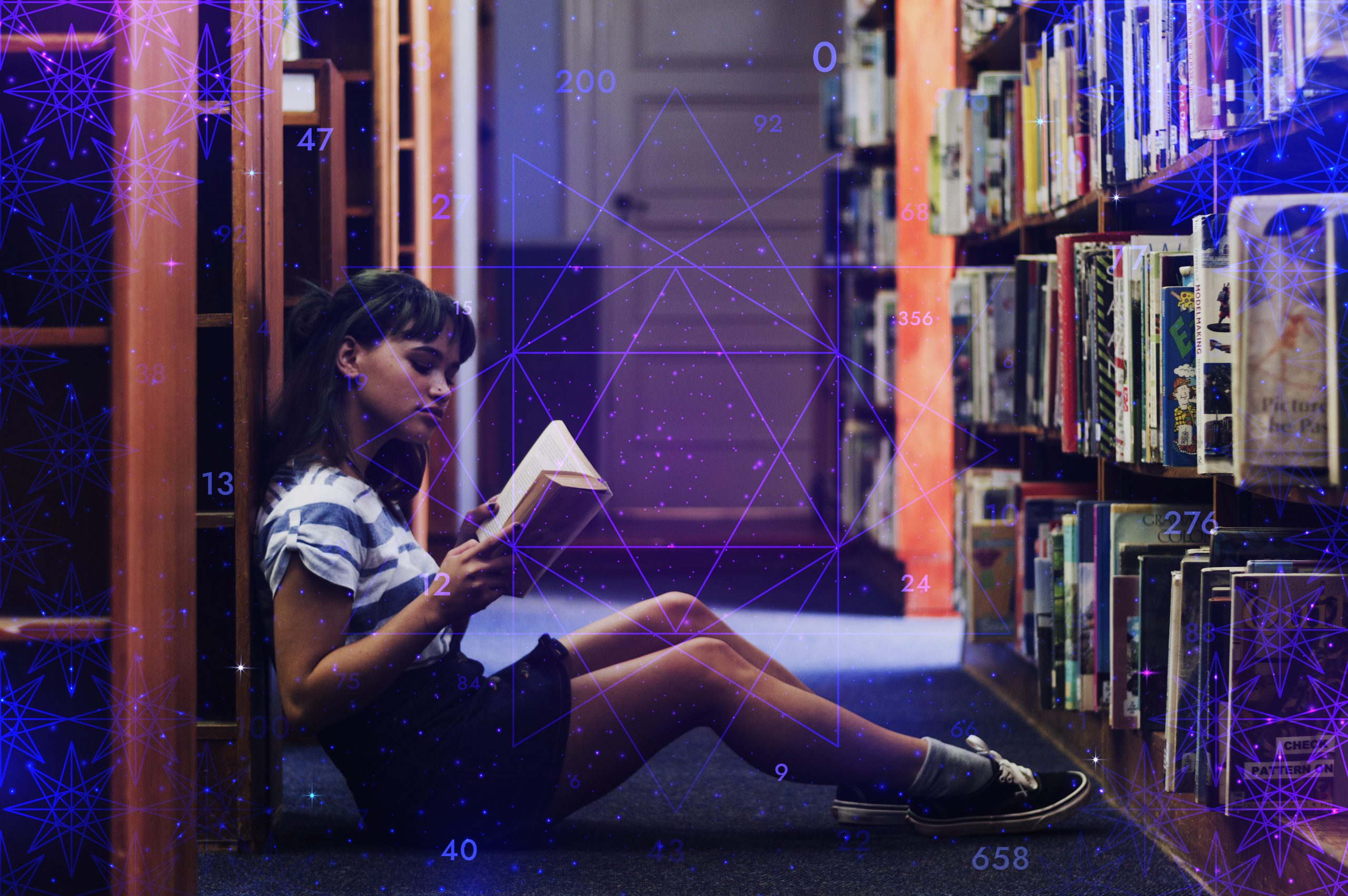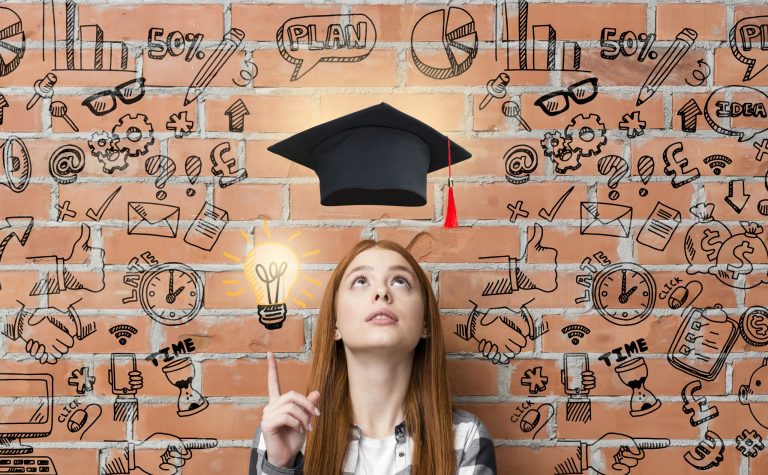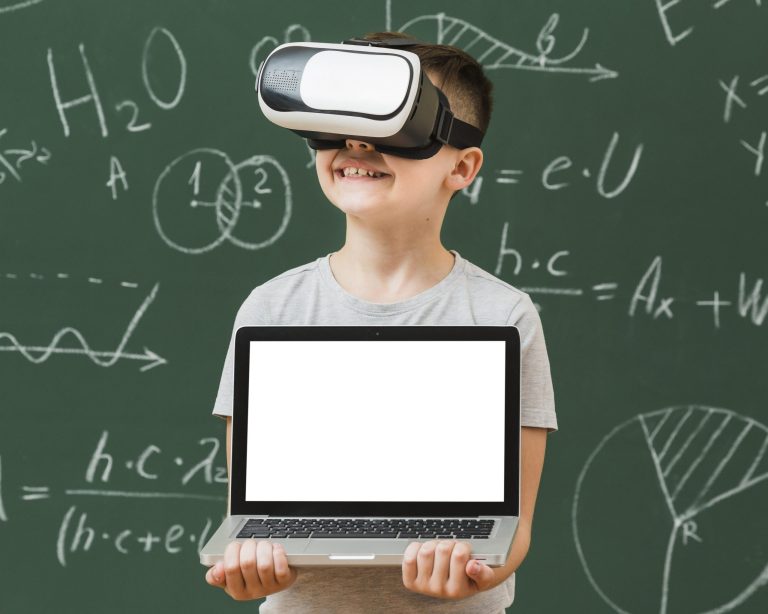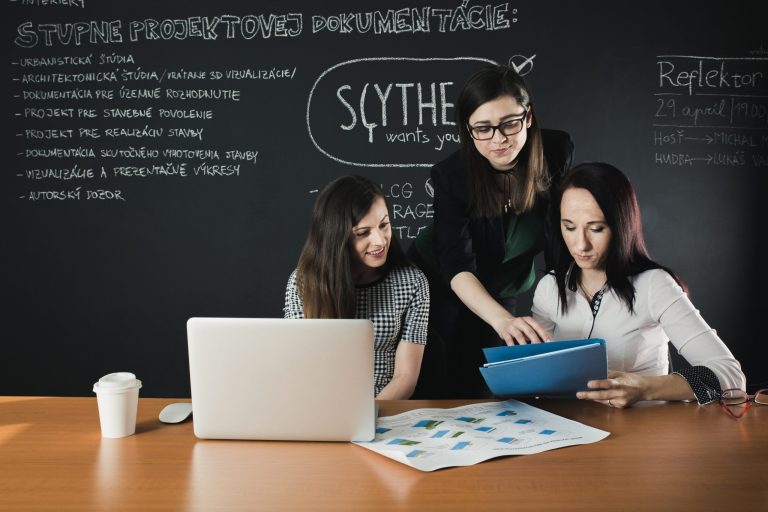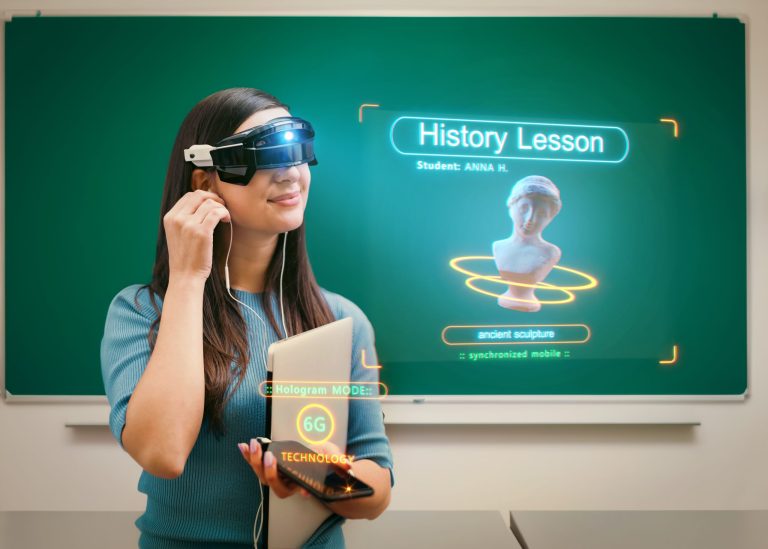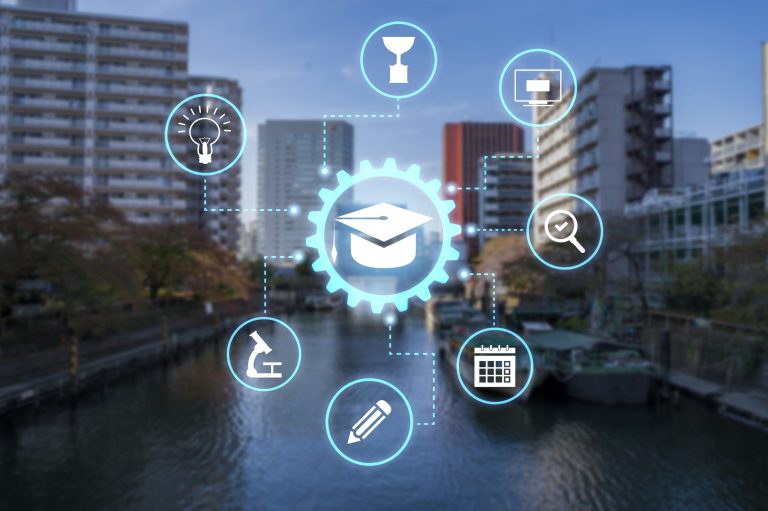Beyond Books: Innovative Approaches to 21st Century Education
Beyond Books: Innovative Approaches to 21st Century Education
In today’s rapidly evolving world, traditional teaching methods are gradually giving way to innovative approaches in education. As we step into the 21st century, it becomes imperative to explore unconventional methods that go beyond textbooks and classrooms. This article delves into the innovative approaches that are reshaping the landscape of education, offering unique and engaging ways for students to learn, adapt, and thrive.
1. Online Learning Platforms: Revolutionizing Education
Online learning platforms have emerged as powerful tools, offering a diverse range of courses and subjects. Students can access lectures, quizzes, and assignments from the comfort of their homes, breaking the barriers of traditional classroom learning.
2. Gamification: Learning Through Play
Gamification integrates game elements into educational activities, making learning interactive and fun. Educational games enhance problem-solving skills, creativity, and critical thinking, providing an immersive learning experience for students of all ages.
3. Project-Based Learning: Applying Knowledge in Real-World Scenarios
Project-based learning encourages students to collaborate, innovate, and solve real-world problems. By working on projects, students develop essential skills such as teamwork, research, and presentation, preparing them for the challenges of the future job market.
4. Virtual Reality (VR) and Augmented Reality (AR): Immersive Learning Environments
VR and AR technologies create virtual and augmented worlds that enhance the learning experience. Students can explore historical sites, dissect complex biological structures, or travel through space, all within the confines of a classroom. These immersive environments enhance retention and understanding.
5. Flipped Classrooms: Shifting the Learning Paradigm
In flipped classrooms, students learn new concepts through online resources before attending class. Classroom time is then utilized for discussions, problem-solving, and practical applications. This approach promotes active engagement and personalized learning experiences.
6. Blended Learning: Combining Traditional and Online Education
Blended learning combines face-to-face instruction with online resources. This approach offers flexibility, allowing students to pace their learning while benefiting from personalized guidance and social interaction with peers and teachers.
7. Collaborative Learning: Fostering Teamwork and Communication
Collaborative learning encourages students to work together on assignments, projects, and discussions. By interacting with diverse perspectives, students enhance their communication skills, empathy, and tolerance, preparing them for a globally interconnected world.
8. Personalized Learning Paths: Tailoring Education to Individual Needs
Personalized learning utilizes adaptive technologies to tailor educational content to individual student needs. By addressing specific learning styles and abilities, students can progress at their own pace, ensuring a deeper understanding of the subjects they study.
9. Mindfulness and Well-being: Nurturing Emotional Intelligence
Educational institutions are increasingly recognizing the importance of students’ mental and emotional well-being. Integrating mindfulness practices and emotional intelligence programs into the curriculum helps students manage stress, improve focus, and develop resilience.
10. Green Education: Fostering Environmental Awareness
Green education emphasizes environmental sustainability and ecological awareness. Students engage in hands-on activities, learn about renewable energy, and participate in conservation efforts. This approach instills a sense of responsibility towards the environment, creating eco-conscious citizens.
In conclusion, the 21st century demands a shift in educational paradigms. Embracing innovative approaches beyond traditional textbooks empowers students to become lifelong learners, critical thinkers, and adaptable individuals. By integrating technology, collaboration, and personalized learning, education can truly become a transformative force, shaping a brighter future for generations to come.
Frequently Asked Questions
Q1: How can I access online learning platforms mentioned in the article? A1: You can explore various online learning platforms by visiting their websites and signing up for courses that align with your interests and goals.
Q2: Are gamified educational apps suitable for all age groups? A2: Yes, gamified educational apps are designed for various age groups, from preschoolers to adults. They offer tailored content to suit different learning levels.
Q3: Can traditional classrooms incorporate virtual reality technology? A3: Yes, many educational institutions are integrating virtual reality technology into traditional classrooms to enhance learning experiences and engage students in immersive environments.
Q4: What are some popular online platforms for project-based learning? A4: Some popular online platforms for project-based learning include Edmodo, Project Foundry, and Google Classroom, among others.
Q5: Is personalized learning suitable for students with learning disabilities? A5: Yes, personalized learning can be adapted to cater to students with learning disabilities. Adaptive technologies and specialized resources are available to support individualized learning paths.

